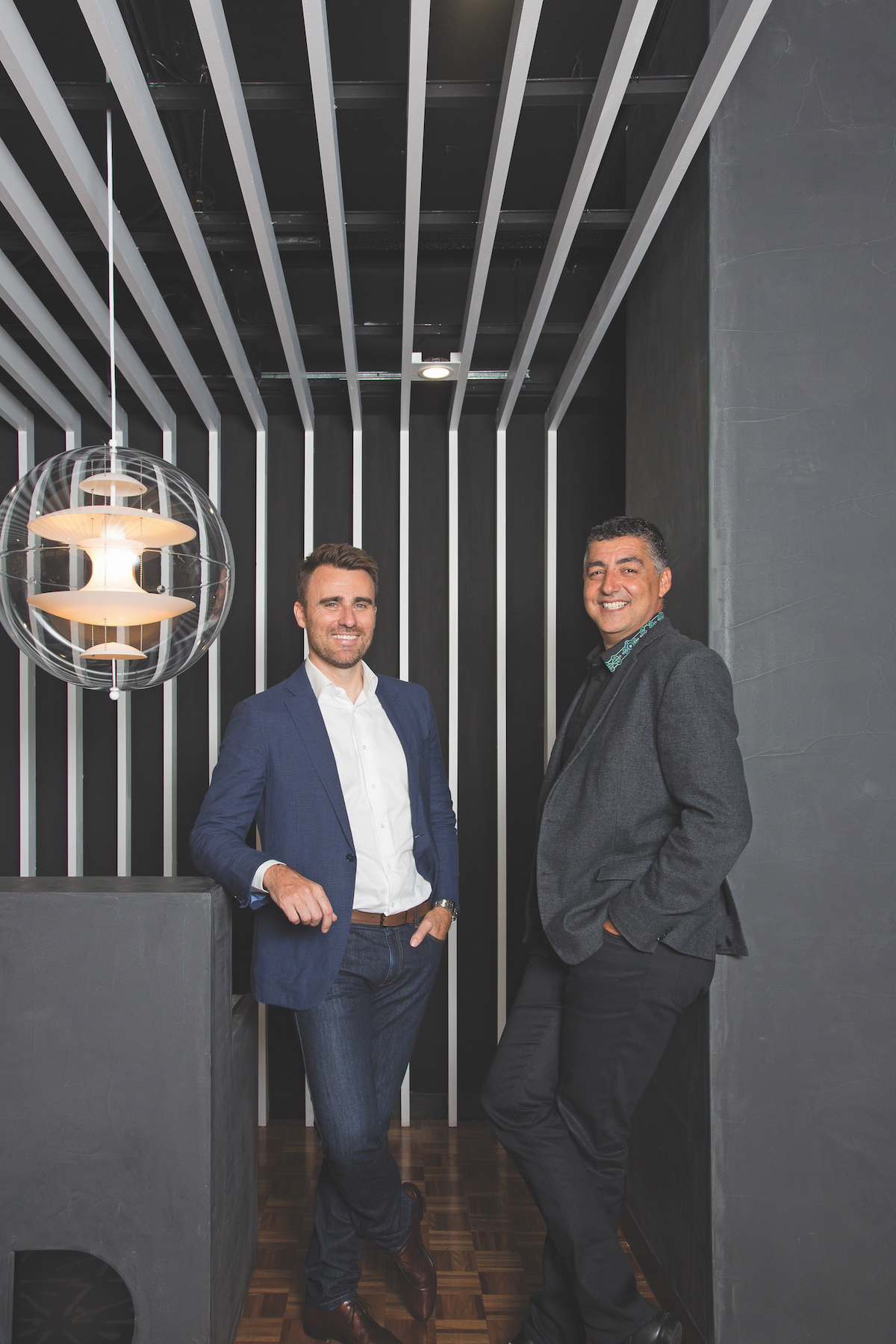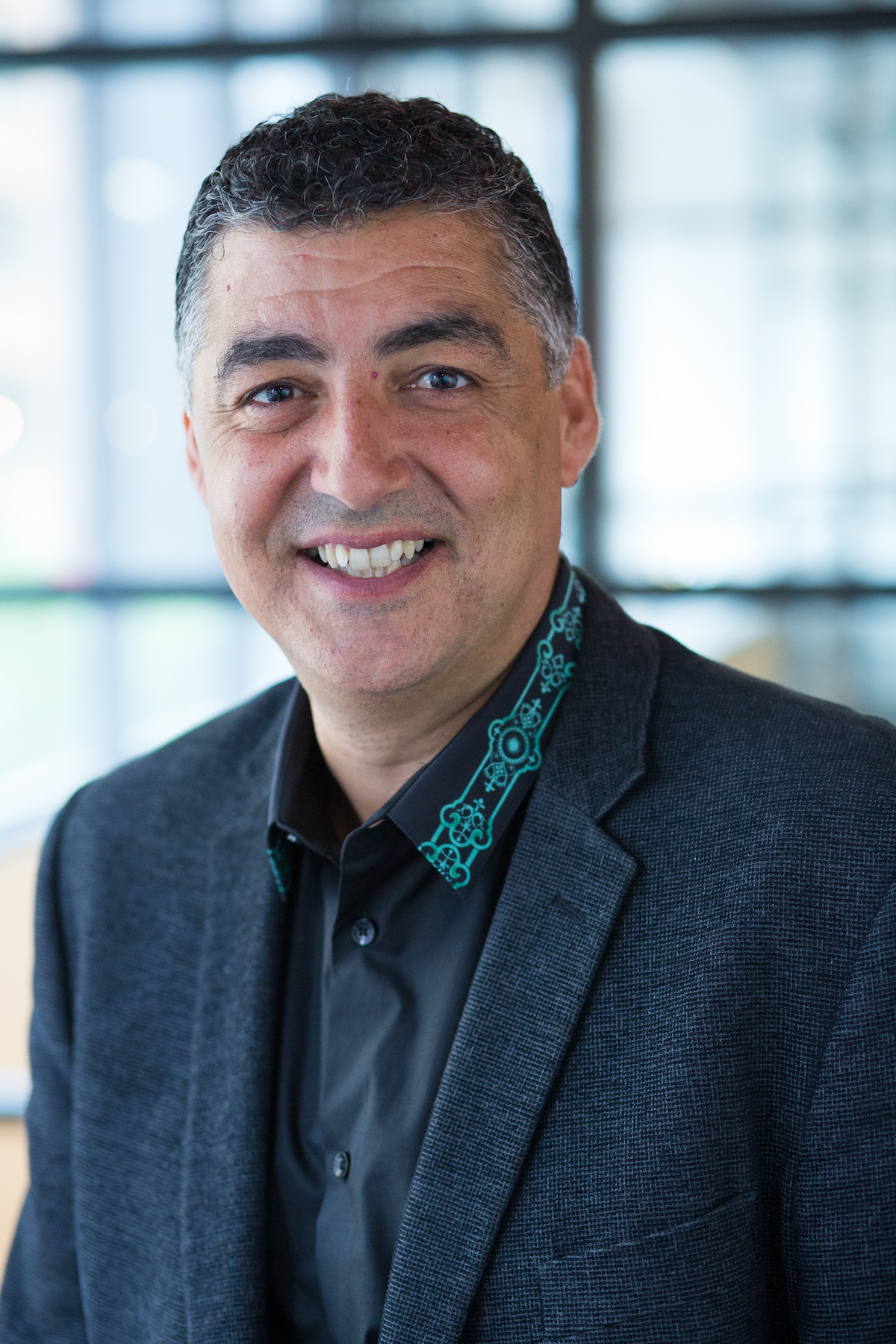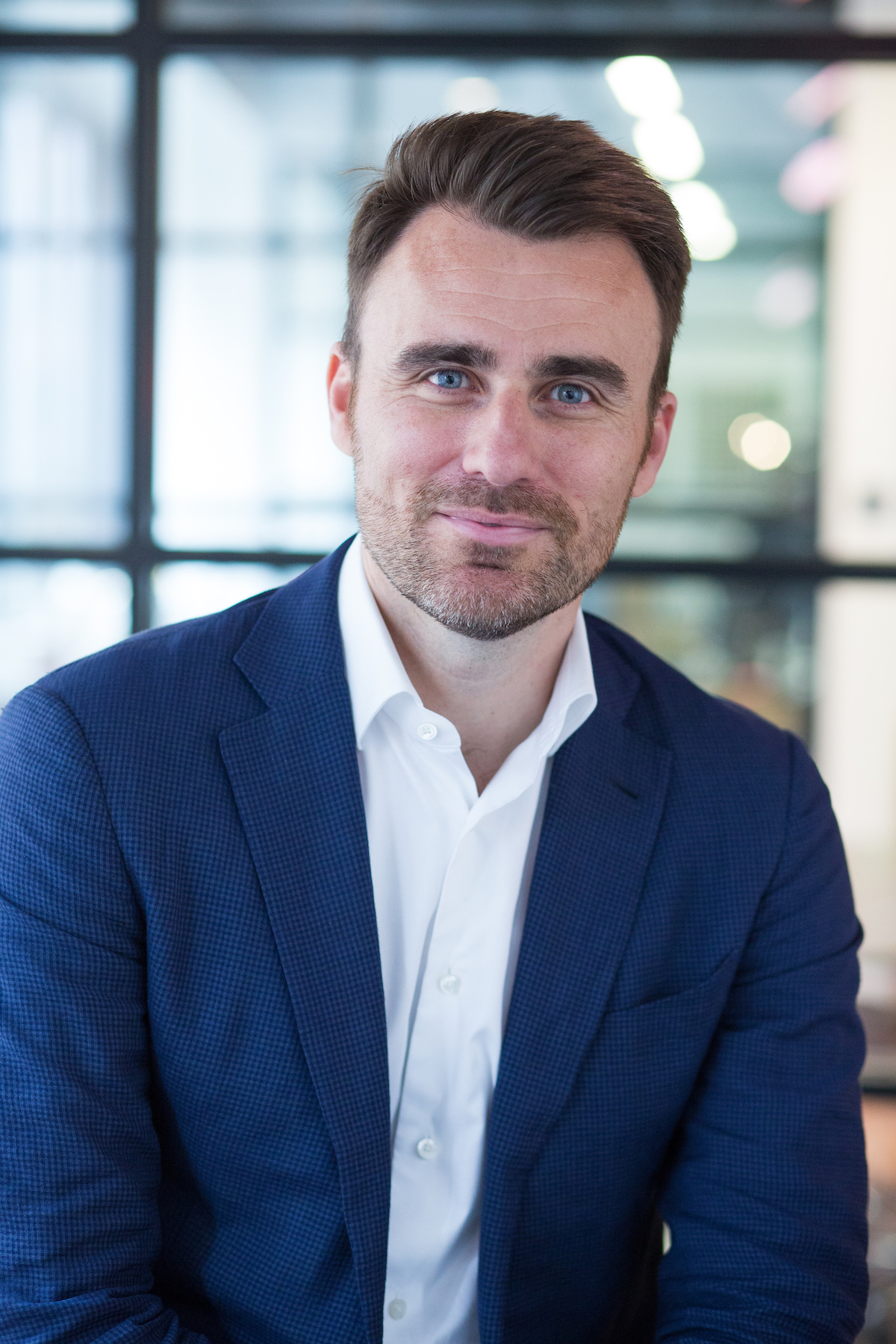Co-founders of Advertising Advantage (ADAD), Australia’s only full-service Performance TV agency, Wally Muhieddine and Luke Dean began their careers on opposite sides of the agency fence, but their experiences brought them to the same space — a desire for disruption.
“Like a lot of teenagers who finished school in the early 90s, I wanted to be a movie-making rock star like Tarantino,” Luke confesses. “So I went to uni, studied communications, and started working in short films, music videos and corporate television.
I got my first gig in advertising on the creative side as a TV producer/director. But then I became fascinated by the media and commercial side of the business and also by the nexus between art, science and consumer behaviour.

“I worked at a couple of agencies, and then I met Wally and we both saw the world in the same way. We were surprised at the lack of accountability in this industry that was really heavy on rhetoric.
We decided that a direct-response, performance-driven advertising approach was the direction that the industry needed to go in, so we started our agency together with a view that we would drive demonstrable ROI for clients.”
Real, tangible, measurable results
Wally started out on the client side in the retail sector, but really enjoyed working with agencies and could see a future there for himself. “I went to the agency side in early 2000 and I was actually quite shocked by the difference between what I thought an agency does, believes and acts versus what agencies really do and actually provide,” he laughs.

“I really wanted to build an agency the way a client thinks an agency should be: working for the client in a genuine attempt to better their business rather than to better their own business.
And that’s been our ethos moving forward: building an agency that actually does what the client wants it to do and provides a service that clients will value in a real practical way.”
The boys knew that clients really only want one thing: results — real, tangible, measurable results. “Direct Response TV became really important to seeing those results and being able to drive measurable return on investment,” Luke says.
“We could demonstrate the efficacy of our approach, and our clients could therefore afford to spend more money next month, and that’s how we scaled our business — by showing these smaller clients how quickly we could move the needle and drive sales.
This is what small and mid-size businesses want in terms of advertising expenditure driving measurable sales outcomes. We also both have a real affinity and strong belief in TV as a compelling medium.
We had both worked on campaigns deploying other channels, but nothing that we had seen had the power that TV can deliver in terms of driving really strong, mass engagement, which drives a real volume of response.”
Harnessing the data
Another key difference at ADAD is the enormous database gathered over 15 years in business. They have collected insights on response and conversion rates in order to deliver optimal results for their clients.
“We run so many campaigns and so many TV spot placements that we generally know where the fish are biting for different products and different services,” Luke says. “We’re very quickly able to develop a path to success based on a lot of live and historical data. But there is a process to that.

“At the moment, we would be running somewhere between 50 and 70 campaigns — probably 70–80,000 spots a month,” Wally continues. That’s a lot of data to harness and drive effectiveness, but surely all advertising agencies would have access to this type of information? “You’d think so, wouldn’t you?” Wally says.
“And we are incredibly surprised ongoing at how it just doesn’t work that way. It comes back to my first point that I made about when I entered the industry: I was just shocked.
“I’ll tell you what happens today: agencies are so focused on coming up with a ‘unique’ idea, they leave out key nuances that we know from hundreds of campaigns can increase engagement and ROI by 2, 3, 4 times.
When it comes to spot placement, the agency presents plans that look good on paper, but are not based on real-world results. So the agency doesn’t apply any of this sophistication around data, analytics and historical insight. All the agency wants is to get sign-off.”
Not ADAD, however: “We have a system that we call the pinpoint process,” Luke explains. “This drives scalable ROI for brands through data-driven TV advertising. It’s built around 4 stages and it’s about assessing the opportunity, developing a strategy, implementation, and then optimisation and scaling.
There’s quite a disciplined process that leverages off a lot of category insight and data insight, because you need to have a very disciplined process when you tie your agency remuneration to the outcome.”
Real disruption
Yes, that’s right, ADAD can offer to only charge for the results obtained — it’s so sure of its system that if a campaign fails, it can carry the risk. “Everyone claims they use analytics,” Wally says. “It’s very topical and everyone talks to it.
But I can tell you that there’s no other agency that’s prepared to tie their remuneration to it. And that’s the difference. We go beyond talk: it’s a real science. And we’re so confident that we’ll walk up to any client with a live campaign and guarantee to improve that result by 10% to 30% and underwrite that guarantee.
We’re so confident that we’ll walk up to any client with a live campaign and guarantee to improve that result by 10% to 30% and underwrite that guarantee.
“Many years ago, I had a friend who gave me business advice. He said to me, ‘Wally, you’ve got to think outside the box.’ And at one stage I said, ‘Listen mate. You keep saying it, but I’ve never seen you think outside the box.’
I think it’s the same thing with disruption. It’s a word that everyone is throwing around. You know: ‘Disruption’s so cool. You don’t want to be disrupted; you want to disrupt’– things like that. People say it, but it’s just words. Real disruption is when we walk in to a client and we take the commercial risk. That is the ultimate disruption.”



